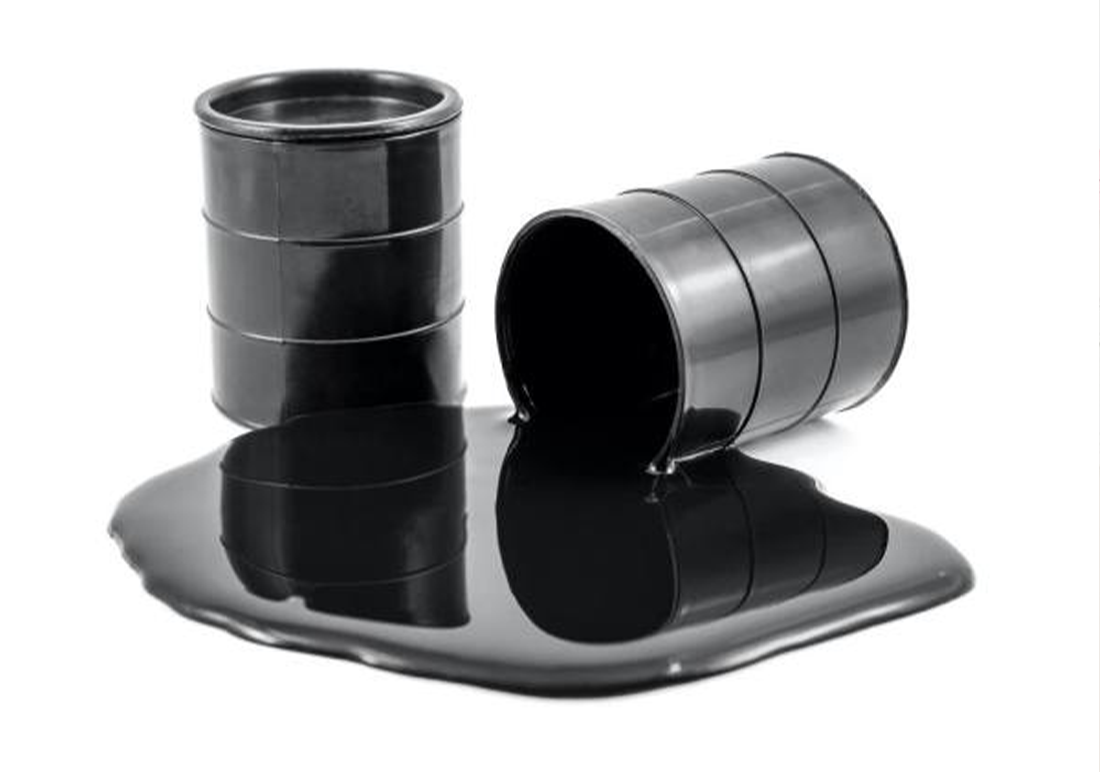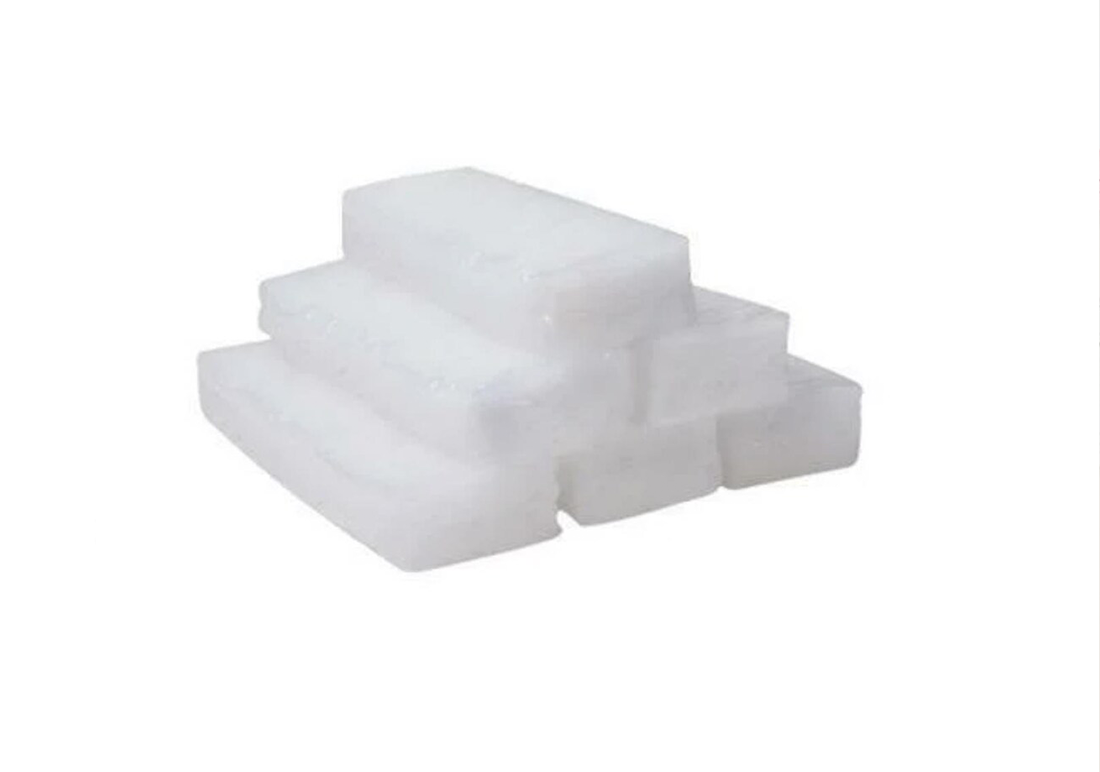What Is Base Oil and Why It Matters in Lubricant Manufacturing
When it comes to manufacturing engine oils, hydraulic fluids, greases, and industrial lubricants, there’s one essential ingredient you can’t overlook: base oil.
Whether mineral-based or synthetic, base oil determines the quality, performance, and lifespan of nearly every lubricant on the market. In this article, we explore what base oil is, the different types available, and how to choose the right one for your business.
🧪 What Is Base Oil?
Base oil is the primary component of lubricants — often making up 70% to 99% of the final product. It serves as the medium that carries performance-enhancing additives and enables the lubricant to reduce friction, transfer heat, and clean internal surfaces.
Base oils are derived from two main sources:
-
Crude oil (mineral base oils)
-
Synthetic chemical processes (synthetic base oils)
📊 Types of Base Oil (API Groups I to V)
| Group | Type | Saturates | Sulfur | Viscosity Index | Description |
|---|---|---|---|---|---|
| Group I | Mineral | < 90% | > 0.03% | 80 – 120 | Solvent refined, least processed |
| Group II | Mineral | > 90% | < 0.03% | 80 – 120 | Hydrotreated, better stability |
| Group III | Mineral | > 90% | < 0.03% | > 120 | Highly refined, synthetic-like |
| Group IV | Synthetic | — | — | > 125 | PAO – Polyalphaolefins |
| Group V | Other Synthetics | — | — | Varies | Esters, PAGs, specialty fluids |
The American Petroleum Institute (API) categorizes base oils into five groups:
🛠️ Applications of Base Oil
Base oils are used in the formulation of:
-
Motor oils (gasoline, diesel, heavy-duty)
-
Gear and transmission fluids
-
Hydraulic oils
-
Compressor oils
-
Greases and metalworking fluids
-
Transformer oils and white oils
The right base oil ensures thermal stability, low volatility, and resistance to oxidation, all of which extend the life of both the lubricant and the machinery it serves.
🧠 Choosing the Right Base Oil
Your choice of base oil depends on:
-
Operating temperature range
-
Desired viscosity
-
Equipment type and load
-
Additive compatibility
-
Cost-efficiency
For example:
-
Group I oils are cost-effective and suitable for basic applications
-
Group II and III offer better oxidation stability and are used in modern engines
-
Group IV and V are used in synthetic high-performance formulations (like aviation or racing)
📦 Packaging Methods for Base Oil
Base oil is shipped globally using packaging suited to the product’s volume and liquidity:
-
Drums – Standard for small to medium orders
-
Flexitanks – Ideal for long-distance liquid transport, especially for international buyers
-
Bulk Tankers – Used for local or industrial delivery in high volumes
Each packaging method ensures safe handling, leak prevention, and efficient unloading based on customer infrastructure.
🔚 Conclusion
Base oil may seem like a simple ingredient, but it plays a critical role in performance, maintenance, and operational cost for millions of machines worldwide. Whether you’re blending lubricants, running a refinery, or sourcing industrial fluids, understanding base oil is the key to long-term efficiency and reliability.










